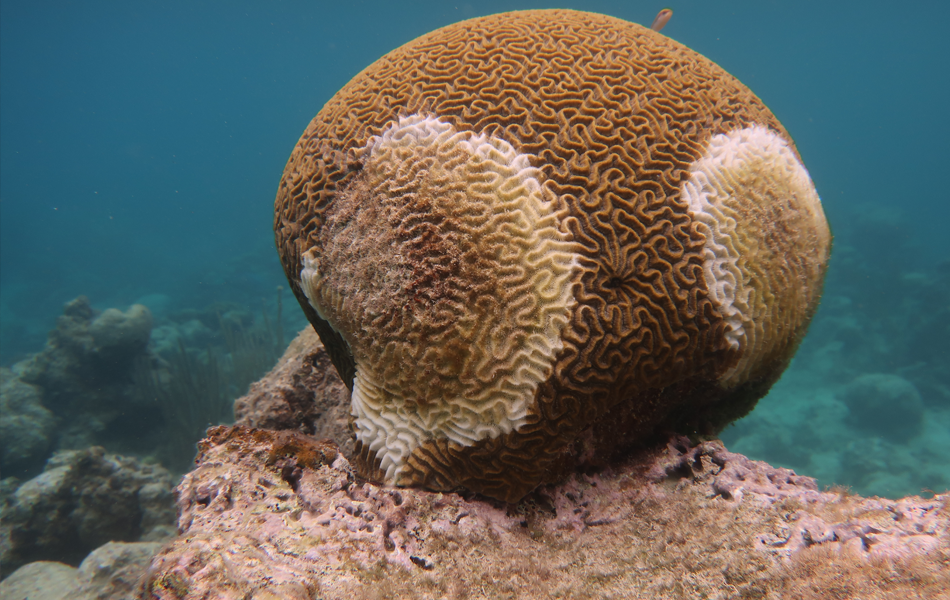
Project Summary
Coral disease outbreaks have become mayor drivers of worldwide coral cover decline. Such drivers are highly associated to climate change factors such as increase in sea-surface temperature and ocean acidification, combined with anthropogenic factors such as land-dwelling sources of pollution. The stony coral tissue loss disease (SCTLD) was spotted for the first time in 2014 along the Florida Keys reef tract and since then it has spread across the Caribbean. The first sighting in Puerto Rico was in August 2019 in the Island of Culebra and in November 2019 occurred the first outbreak in this same location. Until today the disease has been sighted along eastern and north-eastern areas of the Island and has caused the mortality of a significant amount of important reef building coral species such as the brain coral Pseudodiploria strigosa and the endangered Dendrogyra cylindrus and Orbicella annularis in a considerably short amount of time. This has implications in overall reef accretion, which can affect ecological services such as provision of seafood to humans and coastal protection from strong wave action, among others. It is thought that SCTLD may be of bacterial origin given preliminary antibiotic treatments have been administered in different countries with more that 50% success in stopping disease progression. Highly, moderate, and non-susceptible coral species have also been identified. However, given the novelty of the disease, ecological dynamics involving spatial extension, incidence, prevalence, mortality rates along with potential treatments and potential pathogens are still very poorly understood.
Project Goal
Our long-term goal is to understand and develop solutions for SCTLD. The overall objective is to provide valuable information to the scientific community and the government of Puerto Rico on how to manage susceptible coral populations to ensure species survival. We hypothesize that SCTLD will continue to negatively affect coral populations from other areas of Puerto Rico and the Caribbean. Therefore, it is crucial to understand disease behavior which I intent to do so through the integration of demographic and spatial analyses, and experiments involving possible antibiotic treatments and water quality influence.

